Baskı ihtiyaçlarınız ne olursa olsun, mükemmel olanı bulacaksınız. Alibaba.com'daki thunderjet için encoder sensörü maksimum çıktı için sizi güçlendirmek için. İdeal olarak ,. thunderjet için encoder sensörü, en iyi sonuç için makinenizin geri kalanıyla uyumlu olmalıdır. Doğru. thunderjet için encoder sensörü, işletmenizde veya ofis kullanımınızda baskı süreçlerinizde hayat kurtarabilir.
Bunlar. thunderjet için encoder sensörü, en yüksek verimliliği sağlamak için mükemmel malzemeler ve en son yenilikler kullanılarak bir araya getirilmiştir. Yazıcılarınızın uzun süre çalışmasını sağlamak için dayanıklıdırlar. Bunlar. thunderjet için encoder sensörü, tüm kullanıcıların ihtiyaçlarını ve gereksinimlerini karşılayan geniş bir koleksiyonda mevcuttur. En yüksek kaliteyi korumak için, lider sertifikalılar tarafından satılırlar. thunderjet için encoder sensörü Son derece kontrollü kalite güvence programlarını izleyen tedarikçiler ve distribütörler.
The. thunderjet için encoder sensörü yüklemesi ve bakımı kolaydır. Alibaba.com'daki satıcılar, bunları en uygun şekilde kurmanız ve kullanmanız için sizi doğru yola yönlendirmeye her zaman hazırdır. Bununla birlikte,. thunderjet için encoder sensörü, bunları mükemmel bir şekilde kullanmanıza yardımcı olacak standart kılavuzlar ve yönergelerle birlikte gelir. Bu avantajı kullanın ve baskı sırasında ortaya çıkan her türlü kesintiyi unutun. Baskı işlemlerinde karşılaşılan aşırı sıcaklıklara ve diğer faktörlere karşı yüksek direnç bunu yapar. thunderjet için encoder sensörü verimlilik için mükemmeldir.
Alibaba.com'da gezinin ve genelini inceleyin. thunderjet için encoder sensörü aralıkları. Baskı ihtiyaçlarınıza ve spesifikasyonlarınıza bağlı olarak, gereksinimlerinize tam olarak uyanı kolayca belirleyebilirsiniz .. thunderjet için encoder sensörü tedarikçiler ve satıcılar da en uygun seçenekleri arayabilir ve paradan tasarruf sağlayan en iyi fırsatların keyfini çıkarabilir ve zaman.
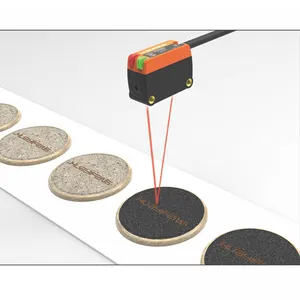






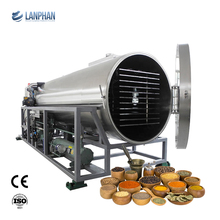
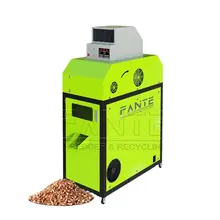
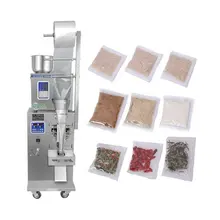


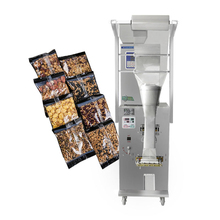




























 浙公网安备 33010002000092号
浙公网安备 33010002000092号 浙B2-20120091-4
浙B2-20120091-4